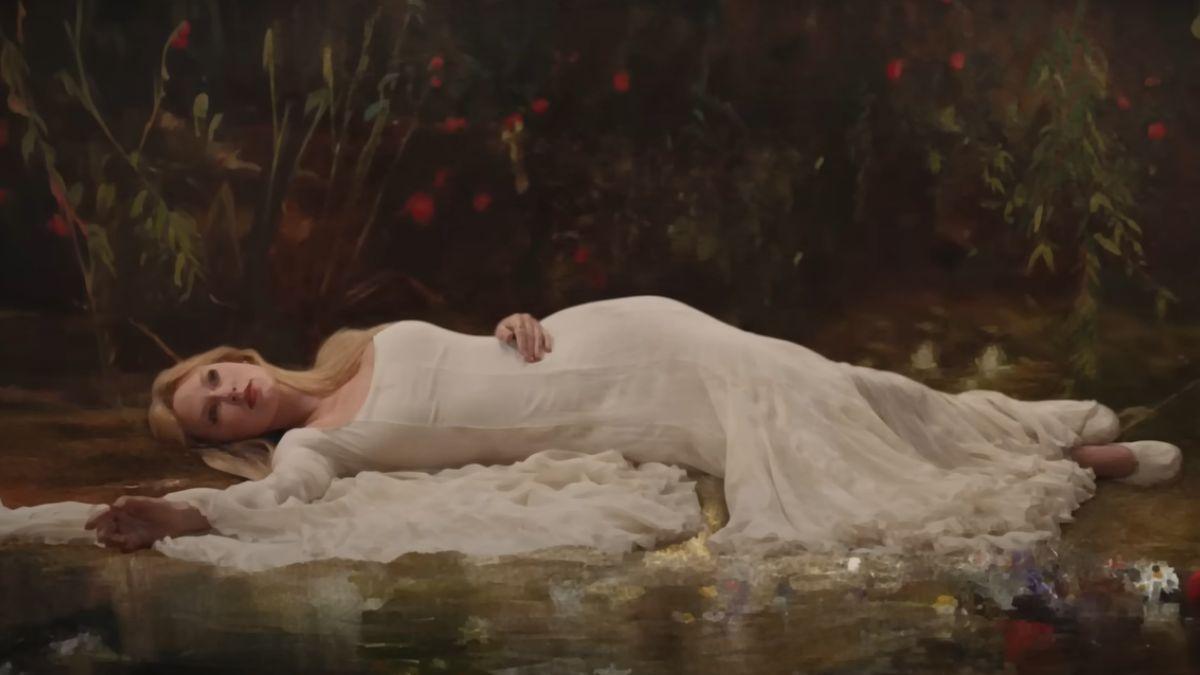The Fate of Ophelia: A Cultural Examination

Introduction
The fate of Ophelia, a character from William Shakespeare’s play ‘Hamlet’, has captivated audiences and scholars for centuries. Examining her tragic conclusion not only provides insight into themes of madness, femininity, and societal constraints but also reflects the ongoing discourse around gender roles in literature and culture. Recent adaptations and interpretations of Ophelia’s story have sparked renewed interest, making this topic relevant in today’s discussions about women’s representation in media.
Ophelia in Shakespeare’s ‘Hamlet’
In ‘Hamlet’, Ophelia is portrayed as a young noblewoman caught between her father Polonius’ ambitions and her love for Hamlet. Her journey is marked by sorrow and increasingly erratic behaviour, culminating in her death, which is shrouded in ambiguity—whether it was a suicide or an accident. Scholars have debated her demise extensively, viewing it through various lenses such as feminist critique, psychoanalysis, and historical context.
Recent Interpretations and Adaptations
The character of Ophelia has been reimagined in contemporary literature, theatre, and film. Notably, in the 2018 film ‘Ophelia’, starring Daisy Ridley, the narrative is shifted to showcase her perspective actively, giving her character agency and depth often overlooked in traditional interpretations. Moreover, in literature, several works have sought to provide a voice to Ophelia, transforming her from a passive figure into one with narrative control. This evolution highlights the broader cultural push for more nuanced representations of women.
Ophelia’s Symbolism in Modern Times
Ophelia’s fate has transcended literary analysis to become a symbol of the struggles women face within patriarchal structures. Her portrayal resonates with modern movements advocating for women’s rights and mental health awareness. The image of Ophelia, often depicted as a tragic figure surrounded by water and flowers, evokes deeper discussions on the stigmas surrounding mental illness and the consequences of silencing women’s voices.
Conclusion
The fate of Ophelia continues to evoke powerful responses across various mediums, illustrating her lasting significance. As society progresses toward a more equitable representation of women, revisiting Ophelia’s story offers critical insights into our cultural narratives. Her fate serves as a reminder of the importance of understanding women’s experiences and agency in both historical and contemporary contexts. The ongoing interest in Ophelia suggests that her story will remain relevant as we navigate the complexities of gender and identity in literature and beyond.
